 ———-
———-
Hellraisers Journal – Monday December 8, 1919
Phillips County, Arkansas – Southern Debt Peonage and the “Riot”
From The Crisis of December 1919:
ARKANSAS
[-The Cause of the “Race Riot,” Part I of II]THE Thirteenth Amendment to the Constitution of the United States has never been enforced thoroughly. This means that involuntary servitude is still wide spread in the southern United States. There are even vestiges of the slave trade in the convict lease system and the arrangements for trading tenants. On the whole, however, the slavery that remains is a wide spread system of debt peonage and a map of the farms operated by colored tenants shows approximately the extent of this peonage.
The Arkansas riot originated in the attempt of the black peons of the so-called Delta region, (that is the lowlands between Tennessee, Mississippi, Arkansas, and Louisiana) to raise their income. The center, Phillips County, Ark., has 692,000 square miles of land and its chief city is Helena. In 1910 there were 33,535 inhabitants in the country, of whom 26,354 or 78.6% were Negroes. The county is predominately a farming community with $9,000,000 worth of farm property, and two-thirds of the value of all the crops is represented by the cotton crop. Of the 9,835 males of voting age, 7,479 are Negroes, and of these 5,510 could read and write; nevertheless, all the political power is in the hands of the 4,000 white voters, Negroes having no representation even on juries.
The Negroes are the cotton raisers. Of the 30,000 bales of cotton raised in 1909, they raised 25,000. Most of the Negro farmers are tenants. In the whole county there were, in 1910, 587 colored owners and 1,598 colored tenants. These tenants farmed 81,000 acres of land and raised 21,000 bales of cotton. For the most part the method of dealing with these tenants is described by a local reporter, as follows:
All the white plantation owners had a system whereby the Negro tenants and sharecroppers are “furnished” their supplies. They get all their food, clothing, and supplies from the “commissary” or store operated by the planter, or else they get them from some store designated by him. The commissary or store charges from twenty-five to fifty per cent. interest on the value of the money and supplies advanced or furnished. If any one doubts this statement, let him ask any planter or storekeeper. As a whole, they admit it. They boast that the commissary is the safest and best paying department of the plantation.

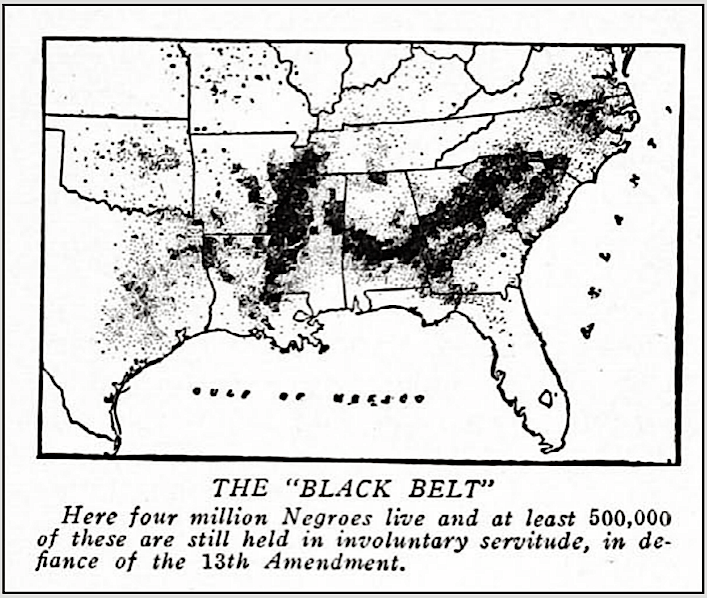
 ———-
———-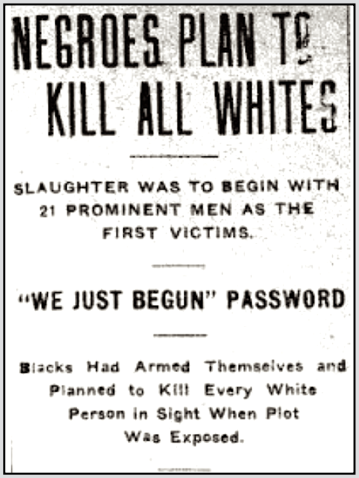
 ———-
———-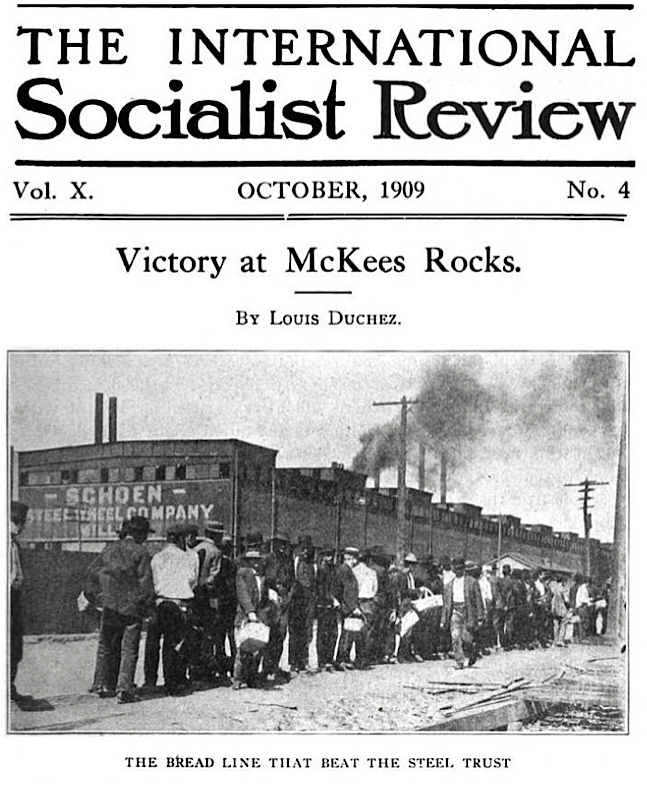
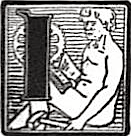 N this article the writer is not going to give much space to a recitation of the crimes of the capitalist class at McKees Rocks and the other strike points in Pennsylvania. It is unnecessary. The capitalist press has done that more effectively—regardless of the motives that may have prompted them—than he is able to do. The class struggle is a historic fact and the diametrically opposed interests have long ago been proven. Such practices as were exposed during the last few weeks are only the logical result of the capitalist system of society at this stage of working class activity.
N this article the writer is not going to give much space to a recitation of the crimes of the capitalist class at McKees Rocks and the other strike points in Pennsylvania. It is unnecessary. The capitalist press has done that more effectively—regardless of the motives that may have prompted them—than he is able to do. The class struggle is a historic fact and the diametrically opposed interests have long ago been proven. Such practices as were exposed during the last few weeks are only the logical result of the capitalist system of society at this stage of working class activity.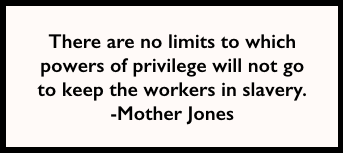 ———-
———-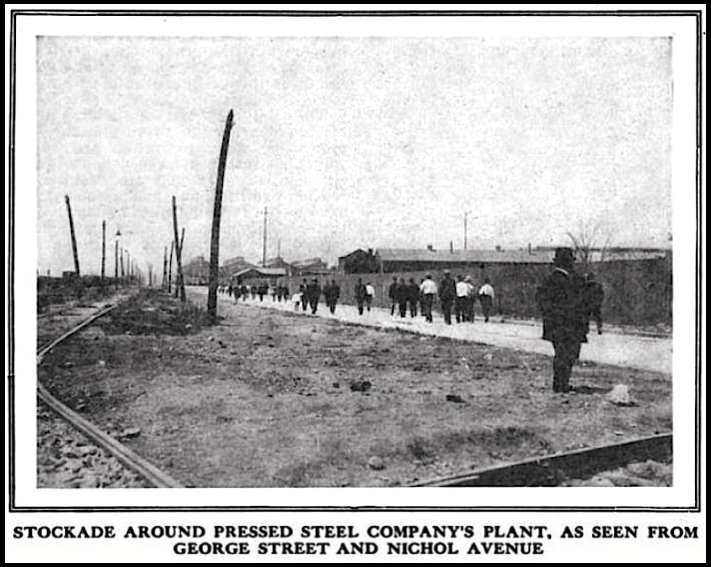 —–
—–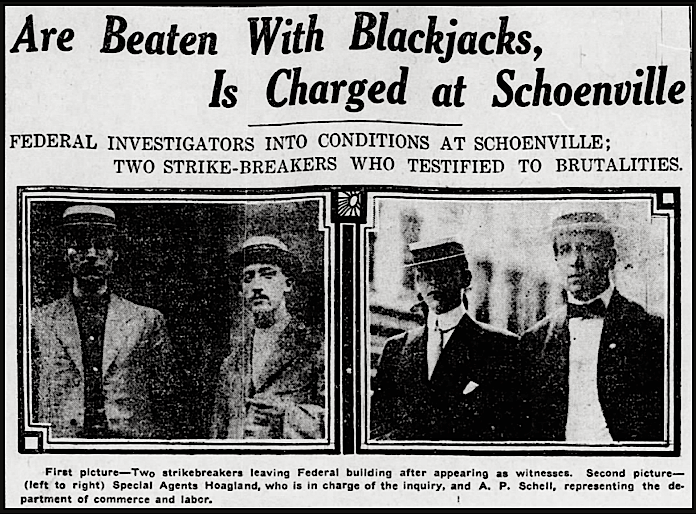 —–
—– ———-
———-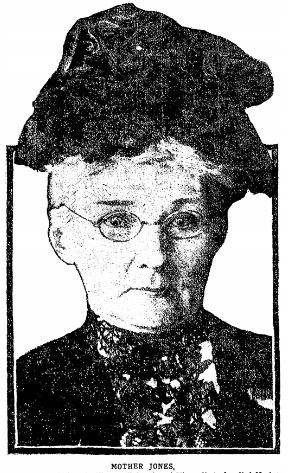
 ———-
———-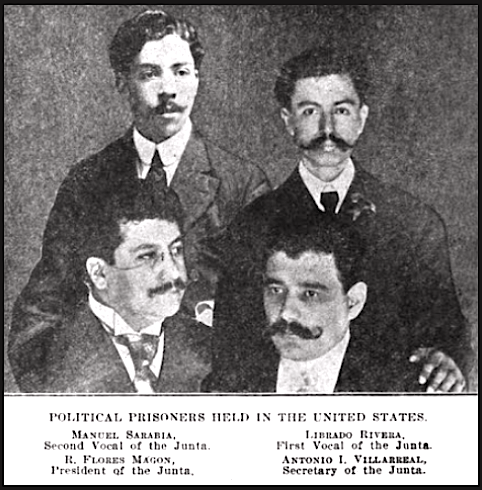
 ———-
———- ———-
———-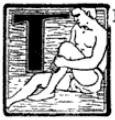 HE warm clasp of Tom’s hand tempted me to talk—in a moment, and my loose tongue let slip enough to give hint of my errand to Mexico. Now Tom Hart was the last man that I should have supposed would show the white feather—a bear hunter, mind you, and grizzlies at that.
HE warm clasp of Tom’s hand tempted me to talk—in a moment, and my loose tongue let slip enough to give hint of my errand to Mexico. Now Tom Hart was the last man that I should have supposed would show the white feather—a bear hunter, mind you, and grizzlies at that.